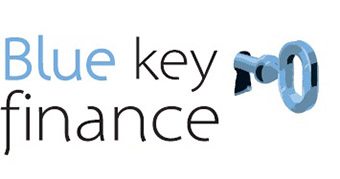Are we headed for negative interest rates?
Overseas experience shows what could be in store for Australia if it is forced down this drastic route
What is a negative interest rate?
In practice, it means the bank charges you to deposit your money and pays you to borrow. And if that sounds like a fast way for the banks to go broke, you’re right.
The theory is that by penalising banks for holding excess cash, the central bank will force them to go out and lend more money, which should stimulate the economy.
Do they work?
The theory is that interest rate cuts reduce the cost of money, giving consumers and business an incentive to spend and invest, leading to economic growth. They also weaken the exchange rate, making the country’s exports more competitive.
On that basis, countries with negative rates such as Denmark, Switzerland, Japan and the eurozone should be going gangbusters. But they’re not, negative rates are proving ineffective in the current environment. It’s not the incentive to spend more that drives economic growth. It’s borrowing to fund spending and investment that pumps new money into the economy.
What are the solutions?
Central bankers such as our Reserve Bank chief, Philip Lowe, and the European Central Bank president, Mario Draghi, have called on governments to do more to stimulate their economies. That presents a problem for the Australian government, which made a virtue of budget surpluses during the last election.
Our government is taking advantage of cheap debt to fund some infrastructure programs, but political considerations will likely keep a lid on major spending increases.
Savers and investors suffer
While negative rates might sound great to borrowers, they present a headache for savers. Retirees in particular may be forced into speculative investments to generate income to live on – a strategy that rarely ends well.
Sharemarkets overseas have performed poorly with negative rates and they are particularly bad for banks, which are hit with a triple whammy of being charged interest on their excess cash, poor credit growth, and pressure on their margins due to fixed costs and the pressure to keep deposit rates up as they provide a large part of their funding.
So it is no surprise that banks are reluctant to pass on the full rate rises.
Did you know?
Switzerland introduced negative interest rates in the 1970s to try to keep the Swiss franc competitive.
Did it work? No. Switzerland went into recession.
Best-case scenario
Inflation in Australia is still a low 1.6%, which reduces the likelihood of rates falling below zero (though it means many depositors are earning negative interest in real terms).
A fiscal kick-along from the government could help to offset wider risks to the economy.
Worst-case scenario
Investment research analyst Nicholas Stotz says there is an obvious risk in the Reserve Bank using emergency measures when the economy isn’t in dire straits, leaving no room to move if there is a downturn.
The wild card
Our economy is still facing stiff headwinds from overseas. If these pushed us into recession, that could force further rate cuts whether they work or not.




Leave a Reply
Want to join the discussion?Feel free to contribute!